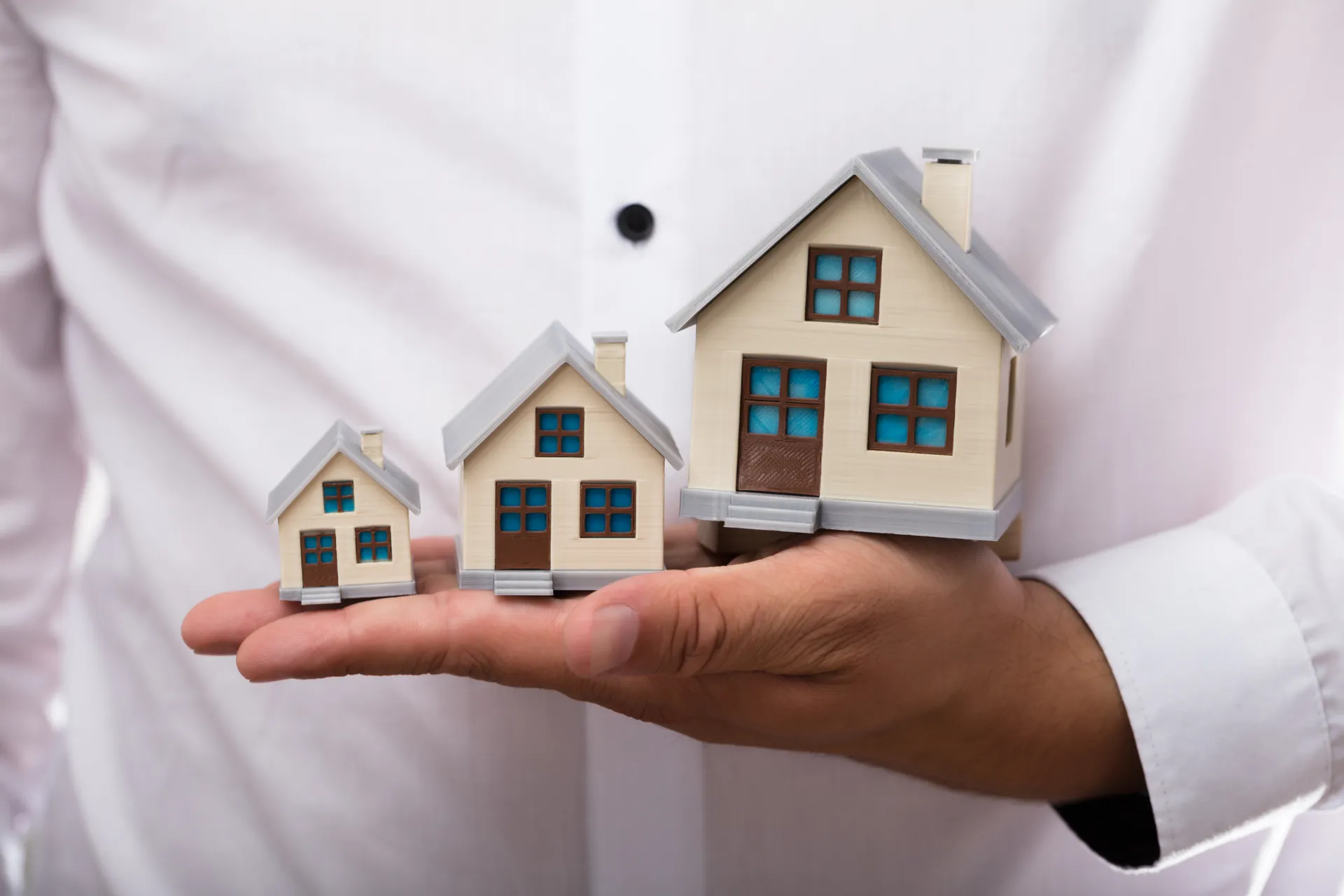How much space do you really need?

Building a New Home: What to Consider for Longevity, Sustainability, and Space Needs
When building a new home, one of the most crucial decisions you’ll make is determining how much space you truly need. Beyond aesthetics, the size of your home influences factors such as sustainability, long-term comfort, energy efficiency, and even financial considerations.
Here’s a guide to what you should think about when planning the size and design of your home, with an emphasis on longevity and sustainability.
How Much Space Do You Really Need?
The first question many new homeowners ask is how large their house should be. It’s tempting to go bigger, as more square footage can be seen as a status symbol, or a safeguard for future needs. However, having more space than you need often leads to higher costs, more maintenance, and increased environmental impact.
Consider Your Lifestyle
Current Family Size and Future Growth: Evaluate your current and future family needs. Are you planning to expand your family, or will your household shrink once children leave for college? Do you frequently host guests? Right-sizing your home based on actual needs can prevent the waste of resources.
Work and Leisure Habits: With more people working from home, home offices have become essential, but this doesn’t mean you need to add multiple unused rooms. Instead, design multi-functional spaces that can serve as both a home office and a guest room.
Storage: While you want enough storage to avoid clutter, excessive storage space can lead to accumulating unnecessary items. Prioritize efficient storage solutions like built-in cabinetry or space-saving furniture over simply adding extra square footage.
The Financial Impact of a Larger Home
Bigger homes are more expensive to build and maintain. If you opt for a larger home than you truly need, you’ll face higher upfront costs in construction materials, as well as ongoing expenses in terms of:
Property Taxes: These are typically higher for larger homes.
Utility Costs: Heating, cooling, and powering a larger home require more energy and lead to higher monthly bills.
Maintenance: More space means more upkeep, from cleaning to repairs. Over time, this can become an ongoing drain on both your wallet and your time.
Investing in a more modest-sized home can free up capital for higher-quality materials, energy-efficient systems, or long-term savings.
Sustainability Considerations
A larger home has a larger environmental footprint. More materials, more energy consumption, and more land are needed for bigger houses. Building sustainably isn’t just about installing solar panels or using green materials; it’s also about right-sizing your home to minimize waste.
Energy Efficiency
Energy Use: A smaller, well-designed home can be much easier to heat and cool. Open spaces, natural ventilation, and high-efficiency HVAC systems can lower your energy consumption significantly.
Smart Design: Features like large windows for natural light, energy-efficient insulation, and passive solar design (which takes advantage of the sun’s energy) can help reduce a home’s environmental impact without adding to the square footage.
Material Sustainability
Opt for sustainable building materials such as recycled, reclaimed, or locally sourced materials. Building smaller also reduces the quantity of materials needed, further minimising your impact on the environment.
Land Use
Building a larger home often means taking up more land, potentially leading to a greater environmental impact. Consider preserving outdoor space for gardens, trees, and green areas, which can enhance biodiversity and mitigate the effects of urban sprawl.
Designing for Longevity and Flexibility
While it’s tempting to design a home that meets your immediate desires, longevity is key to ensuring that your home remains functional and comfortable over time.
Future-Proofing Your Home
Aging in Place: As homeowners age, their mobility and needs change. Incorporating elements such as wider doorways, ground-floor master suites, and step-free entries can make your home adaptable to aging without needing major renovations.
Adaptable Spaces: Design rooms that can serve multiple functions over time. For example, a child’s bedroom could later become a home office or a guest room. Open floor plans offer flexibility as your needs evolve, without requiring structural changes.
Durability of Materials: Invest in high-quality, durable materials that will last longer and reduce the need for frequent repairs or replacements. Sustainable materials such as bamboo, stone, and metal roofing can offer long-term durability while being eco-friendly.
Balancing Comfort and Space
There’s a sweet spot between having too little space, which can feel cramped, and too much, which can feel wasteful. Consider the quality of the space over the quantity. Thoughtful layouts and smart design can make even modest-sized homes feel spacious, while large homes that lack efficient use of space can feel empty or impractical.
The Role of Design in Comfort
Open Layouts: Open floor plans can make smaller homes feel more expansive, as fewer walls create a sense of flow between rooms.
Natural Light and Ventilation: Maximizing the amount of natural light can make rooms feel larger and more welcoming, while good ventilation reduces energy costs and improves air quality.
Outdoor Living Spaces: Instead of adding square footage indoors, consider expanding your living space outdoors with patios, decks, or gardens. These areas provide relaxation without the energy costs associated with indoor spaces.
Conclusion
Building a new home is a significant investment, both financially and environmentally. While it’s tempting to opt for a larger home, carefully considering how much space you truly need can lead to long-term savings, a reduced environmental impact, and a home that remains comfortable and functional for years to come.
By focusing on sustainability, longevity, and thoughtful design, you can create a home that’s not only right for today but adaptable for the future.
Categories:









